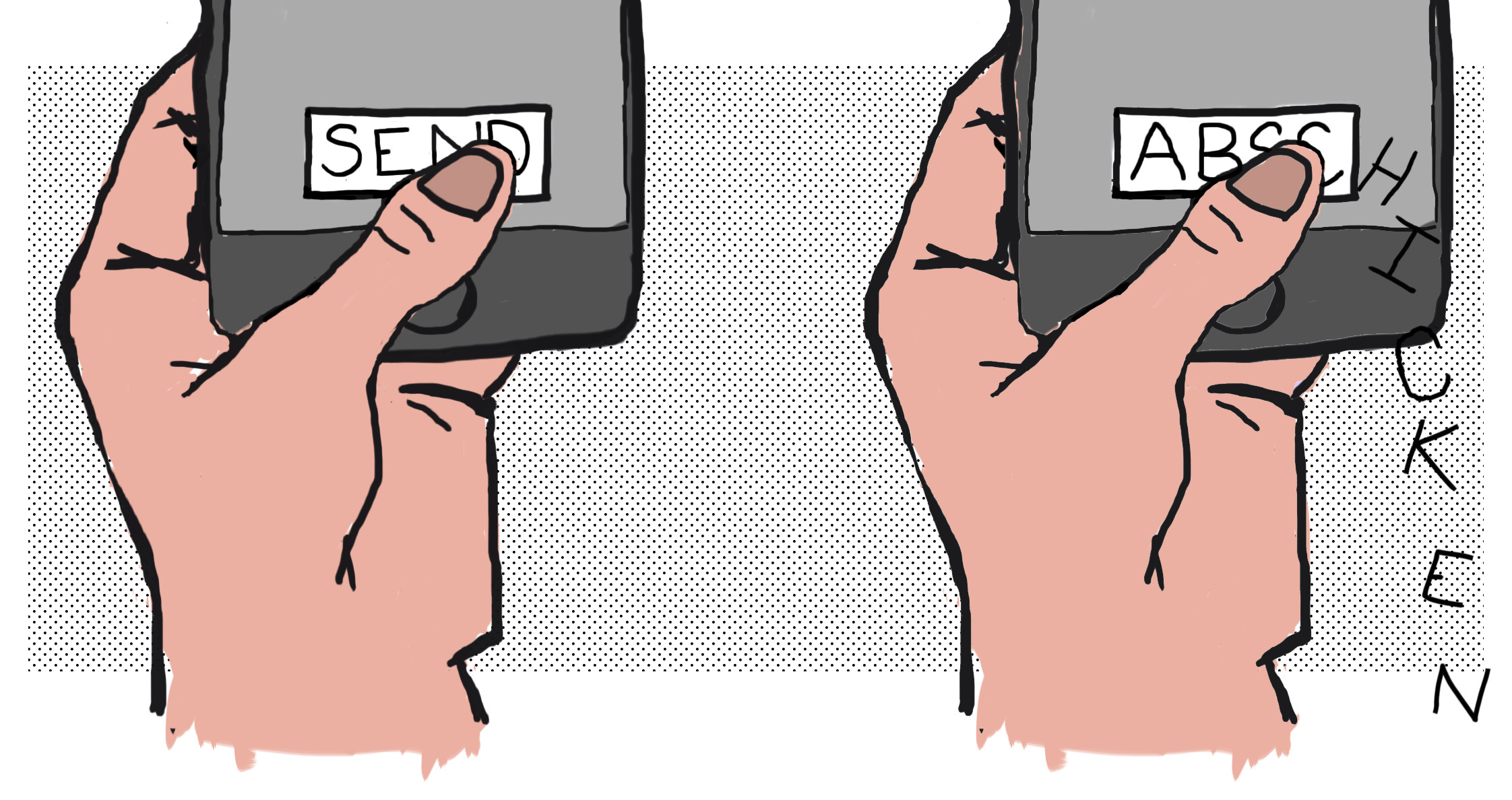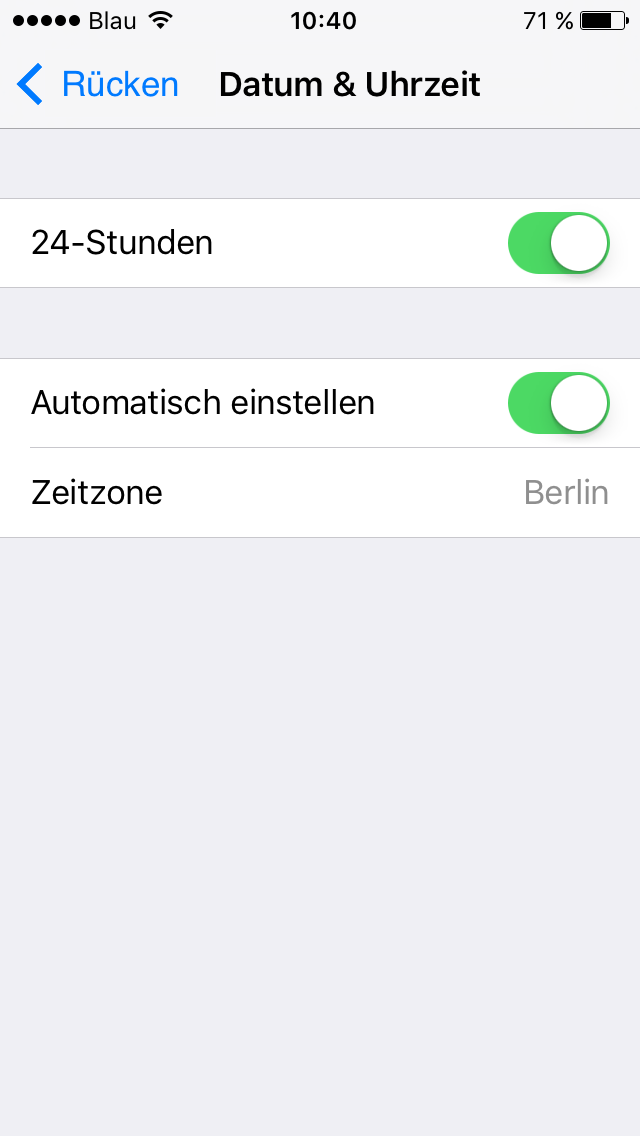Translating in context involves being given additional information during the translation process to see or understand how a translation will be used in the final product.
A great example is character limits. If you’ve ever used a product that was originally created for another language, you have probably run into cut off sentences or texts that don’t fit the parameters of the button or page they’re on. With context, a translator knows that he or she must try to accommodate the amount of space in his or her translation. This is particularly important for mobile apps due to the UI’s general lack of space.



To the left you see two screenshots of the same page, but one has a word that is contextually incorrect albeit correctly translated. "Rücken" and "Zurück" both are translations of "Back;" however, the latter indicates to go back to the previous page, while the former is a part of your body. Although this is a pretty blatant error, little slips like this occur all the time when the translators just go off the words and are not given any context to what they are translating.
There are various methods and degrees of providing context for translations. Savvy developers who create content with localization in mind will simply add comments next to potentially confusing localizable content with hints that describe the content to be translated.

Because the translation process often occurs without the product in view, engineers or localization managers need to manually add context typically in the form of notes or screenshots. Manually adding context is not only somewhat objective because you need to gauge whether or not text needs a description, but it also takes a lot of time and effort to go in and add comments or save and upload many screenshots to be sent to translators and/or testers.
Offering context makes the translation process easier for translators and streamlines the QA process for testers while eliminating the possibility of user error associated with manual on device testing. That equates to less back and forth messages between managers, localizers and developers, more budget and better quality.
A guide for using Over-the-Air updates and pluralization with React-Native and Applanga
Read the Full ArticleCurious to know what are our plans for Applanga in 2024? Learn more about what's to come and what we achieved in 2023!
Read the Full Article